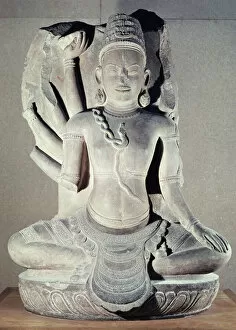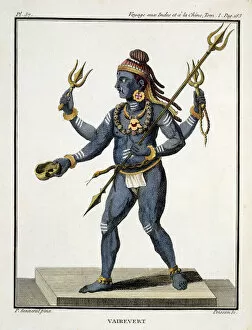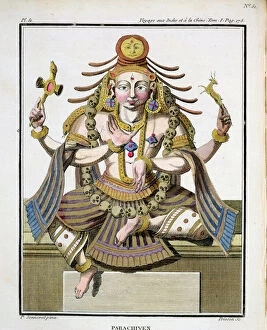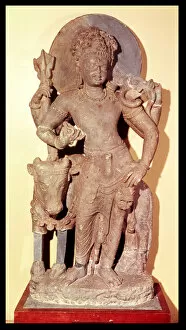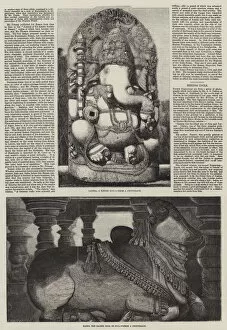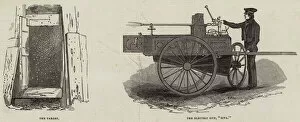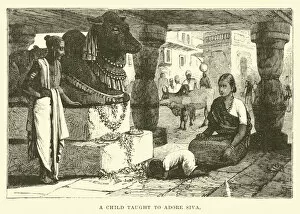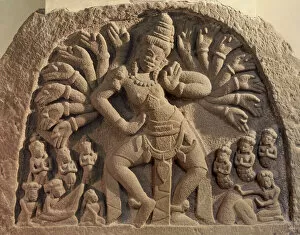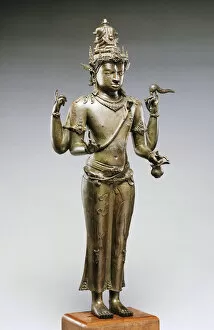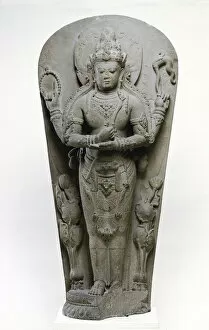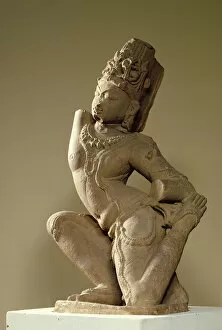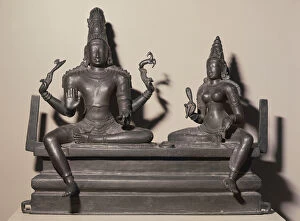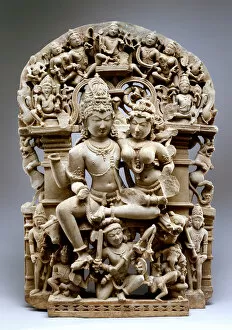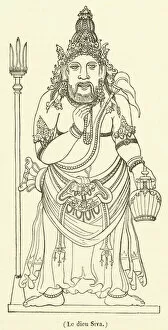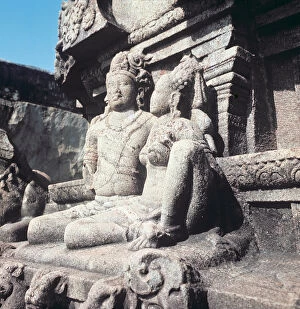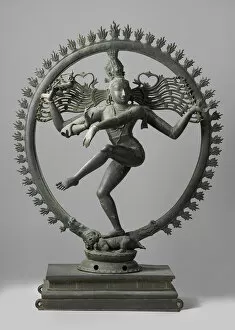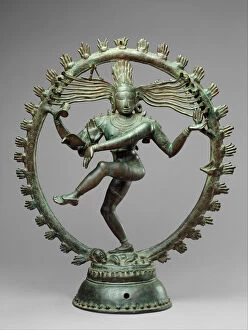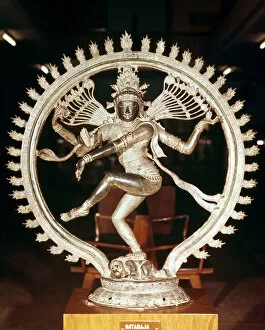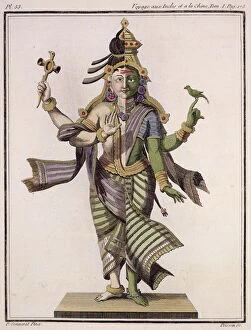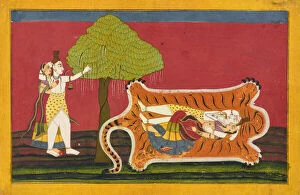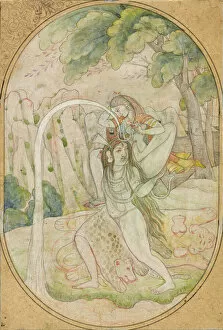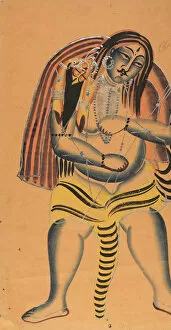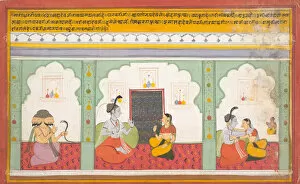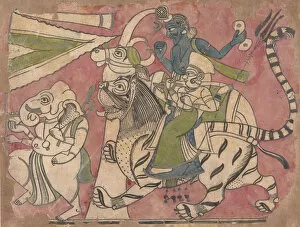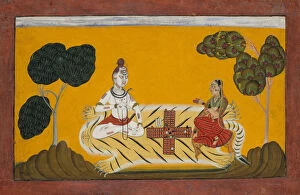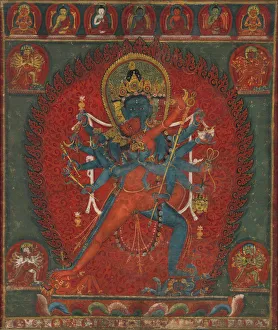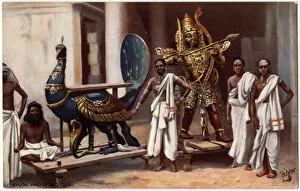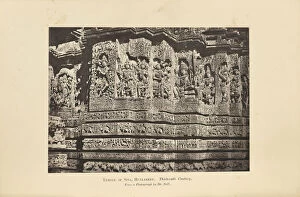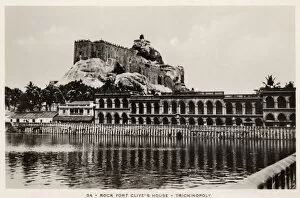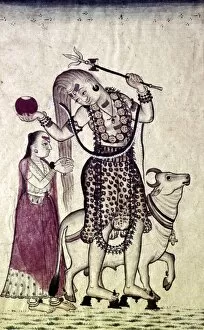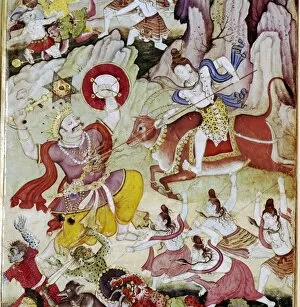Siva Collection (#3)
Siva, the powerful deity of Hinduism, is celebrated in various forms and depictions across different cultures and time periods
For sale as Licensed Images
Choose your image, Select your licence and Download the media
Siva, the powerful deity of Hinduism, is celebrated in various forms and depictions across different cultures and time periods. One such representation can be found at the Char Bangla Temple in Baranagore, West Bengal, India. Here, Siva Parvati stands adorned in armor, symbolizing their divine strength and protection. Another depiction Parvati can be seen in a 5th-6th century AD sculpture from Kathe Simbhu. This artwork showcases the couple celebrating their son Kumar's birthday, highlighting the familial aspect of this divine relationship. In Hindu mythology, often depicted alongside other gods like Vishnu and Krishna as part of the Trimurti - representing creation (Brahma), preservation (Vishnu), and destruction (Siva). These three deities embody different aspects of existence within Hindu cosmology. The Calcutta Art Studio created a stunning portrayal of Kali/Tara around 1885-90. This artwork captures the fierce yet compassionate nature associated with these goddesses who are both protectors and destroyers. A stone carving featuring Surya flanked by Siva and Visnu showcases the interconnectedness between these deities. It highlights how they work together to maintain cosmic balance while fulfilling their distinct roles. One intriguing story surrounding Siva is depicted in Madan-Bhasma (Shiva Turns Kama to Ashes) from 1890. The unknown creator beautifully illustrates an episode where Shiva reduces Kama—the god of desire—to ashes with his fiery third eye. Sax Rohmer's novel "The Eye of Siva" delves into mysticism surrounding this deity while weaving an engaging tale that captivates readers' imaginations through its exploration of ancient legends. Moving beyond India's borders to Sri Lanka, we find cultural influences reflected in art depicting Shiva as a rice merchant or money lender—a testament to the deity's association with prosperity and abundance.

